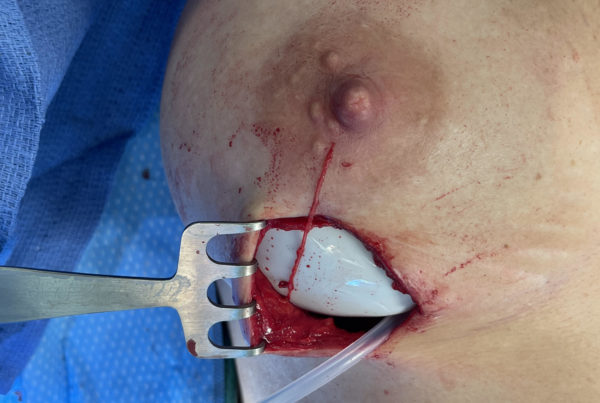I have been asked recently to write a little something about so-called “rebound headaches”. This topic can be quite confusing, and as you will read, is not very well understood. The precise medical term for this disorder is Medication Overuse Headache (MOH) or analgesic rebound headache. The prevalence of this problem is about 1% in the general population and as with many types of headaches, is higher in women than in men. The underlying mechanisms for MOH are unknown, but as with many medical problems, are oftentimes multifactorial. It is known that there can be a genetic predisposition to MOH. In addition, long-term exposure to opiates is known to cause changes in the nervous system through increased expression of specific cytokines (chemicals, e.g. Calcitonin Gene-Related Peptide) and increased activity of certain neural pathways felt to modulate the sensation of pain. Some people also feel that addictive personality disorders are associated with MOH. Interestingly, migraines are thought to be the most common “primary headache disorder” that has been linked to MOH.
The bad news is that just about any medication used to treat chronic headaches has the potential to lead to MOH. This concept makes sense as a patient will likely become “dependent” on a medicine if s/he finds that it provides even a modicum of relief from their “primary” headache pain. According to my reading, opiates and butalbital-containing medications (e.g. Fioricet, Fiorinal) seem to carry the highest risk for developing MOH. Even the seemingly benign acetaminophen (Tylenol?) has been associated with this disorder. Clinically, MOH is usually preceded by some type of episodic headache disorder (e.g. migraines) for which the frequent and often overindulgent use of various medicines has been prescribed. Again, this association is quite self-evident and not particularly revealing, but explains why there is no empirical or objective way to diagnose MOH – it is a clinical diagnosis that obviously takes into account the history of medication use along with the patients’ symptoms. Specific diagnostic criteria include, but are not limited to >15 headache days/month, immoderate use of various medication classes more than 10 days/month for over three months and headache symptoms that seem to worsen during the overuse of medication phase.
As I read more about the concept of MOH or rebound headaches, I kept thinking of the old adage of which came first, the chicken or the egg. It seems to me that most people who suffer from these rebound headaches are those who have been prescribed medications for their “primary” headaches in the first place and have simply developed a tolerance or dependence on the meds which in turn seems to make their overall headache symptom complex worse. If someone suffers from severe pain and they take or are given a medication to ease that pain which works, even a little bit, is it any wonder they will continue to use it? Based upon this criterion we all have addictive personality disorders. If ever there was a rationale for ruling out other conditions such as trigeminal branch neuralgia (e.g. auriculotemporal, supraorbital) or occipital neuralgia, avoidance of rebound headaches would be it. I have to wonder how many people out there have been misdiagnosed with some type of migraine-variant headache when they really have ON and have developed MOH as a result. Unfortunately, ON or TN is not on the list of differential diagnoses considered when deciding how to treat a patient who suffers from “rebound headaches”.
Being a peripheral nerve surgeon, obviously, my perspective is biased and I fully admit this fact. However, to paraphrase the wise Bernard Goldberg, it seems to me that trying to differentiate between primary headache disorders and MOH or rebound headaches is like trying to understand a distinction without much of a difference. They are part and parcel of the same clinical entity and understandably often go hand in hand. The focus should be on identifying some other type of pathology that could be causing the chronic headaches, whether it be a true chemical imbalance, ON or a brain tumor. It’s only then that one can begin to unravel that often confusing and myriad symptoms associated with those who suffer from these debilitating problems.





